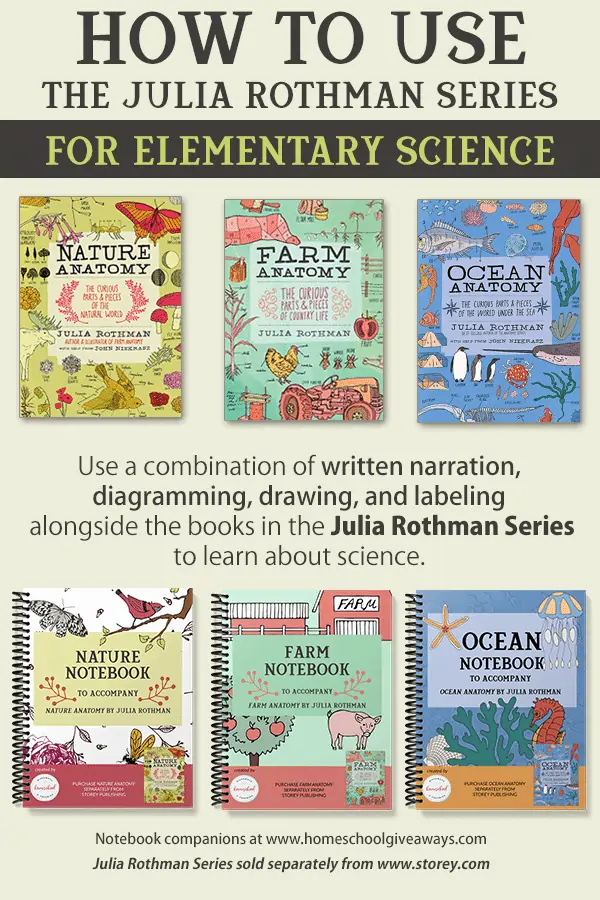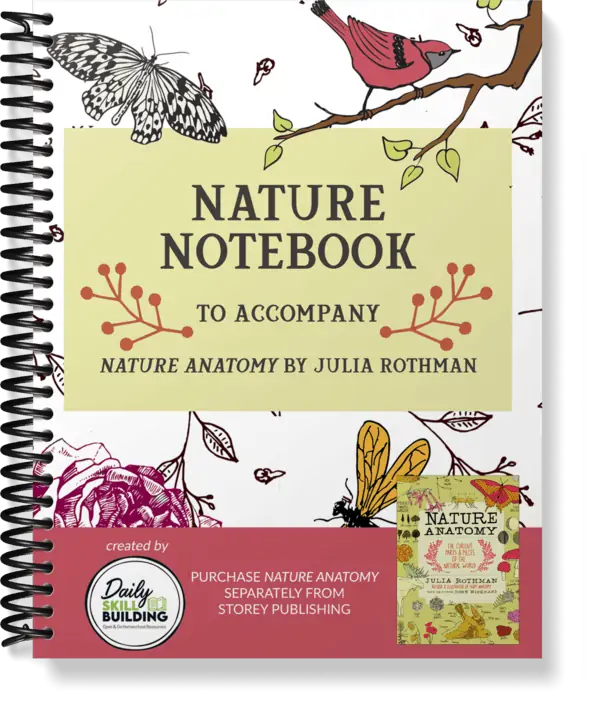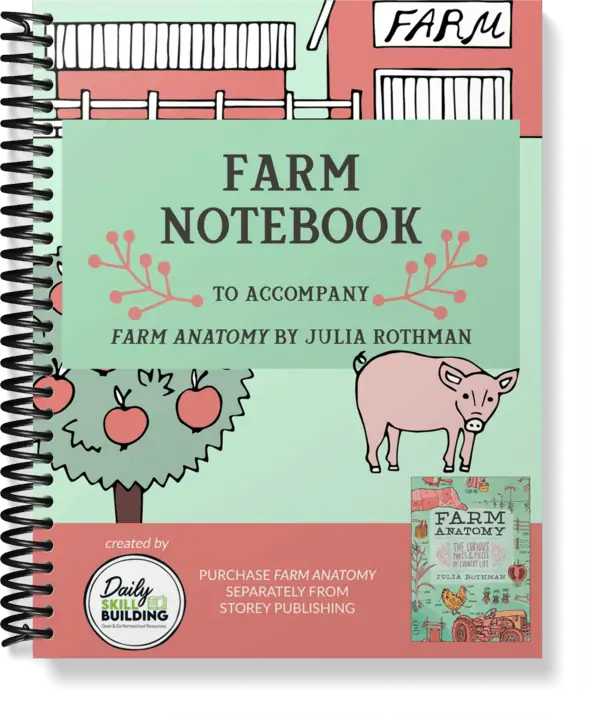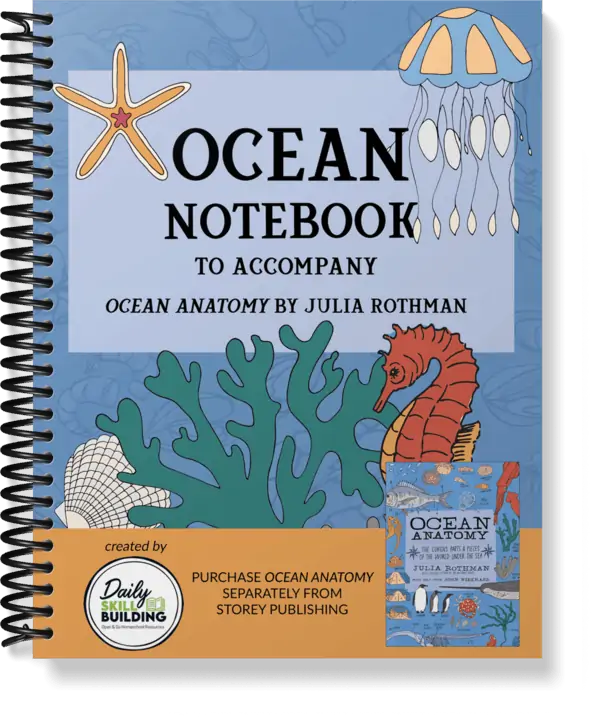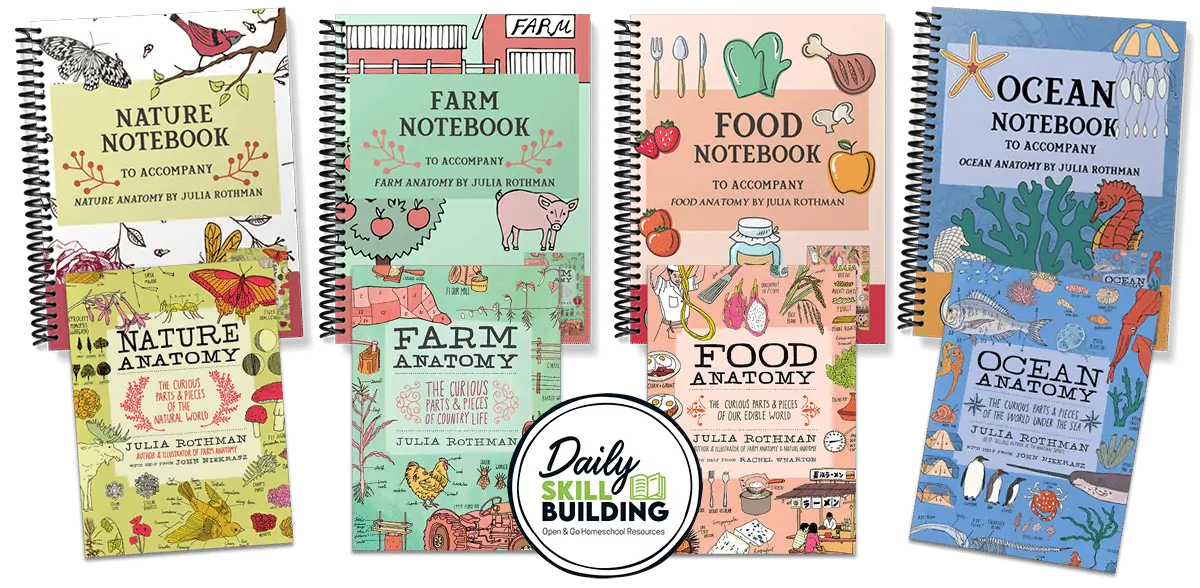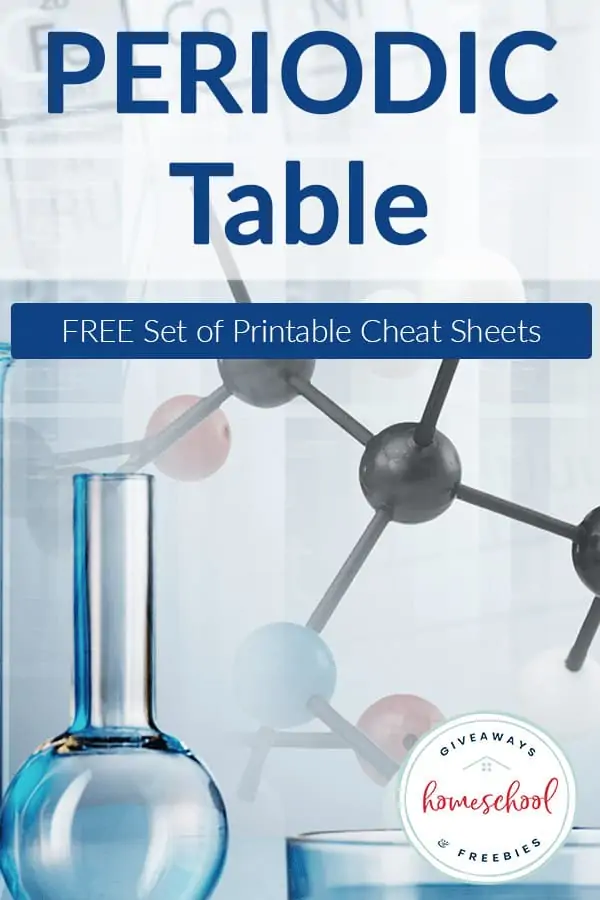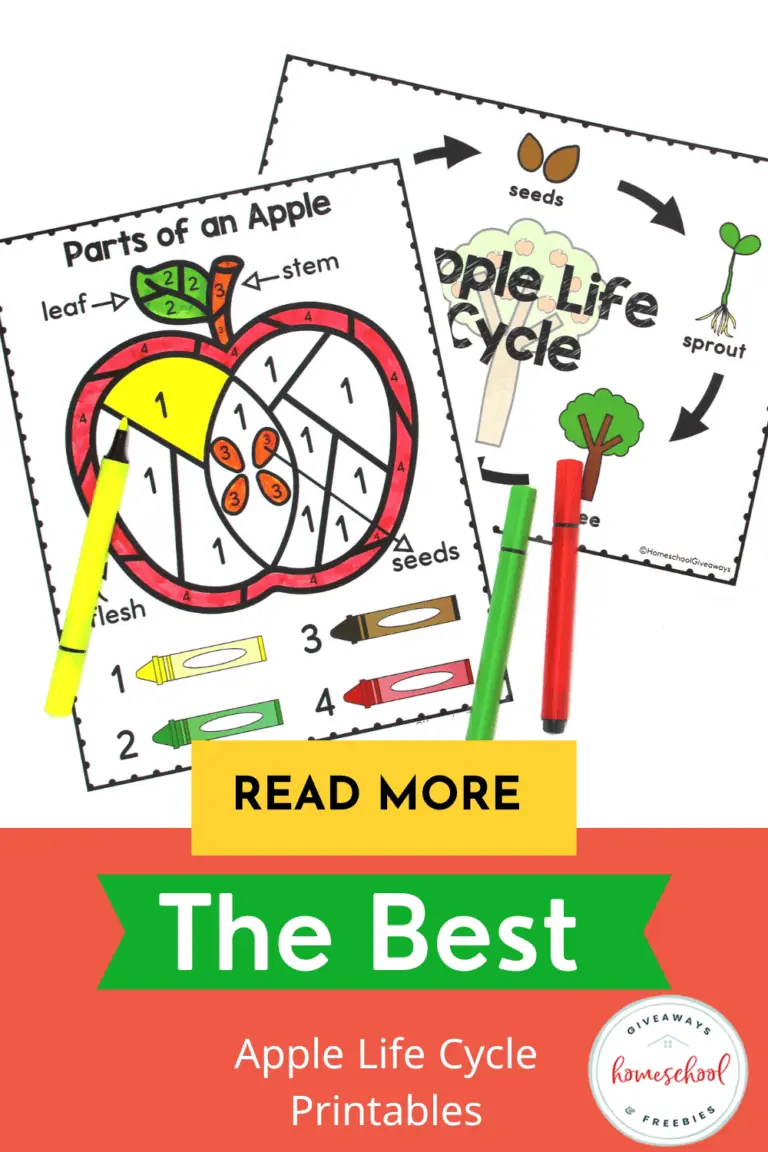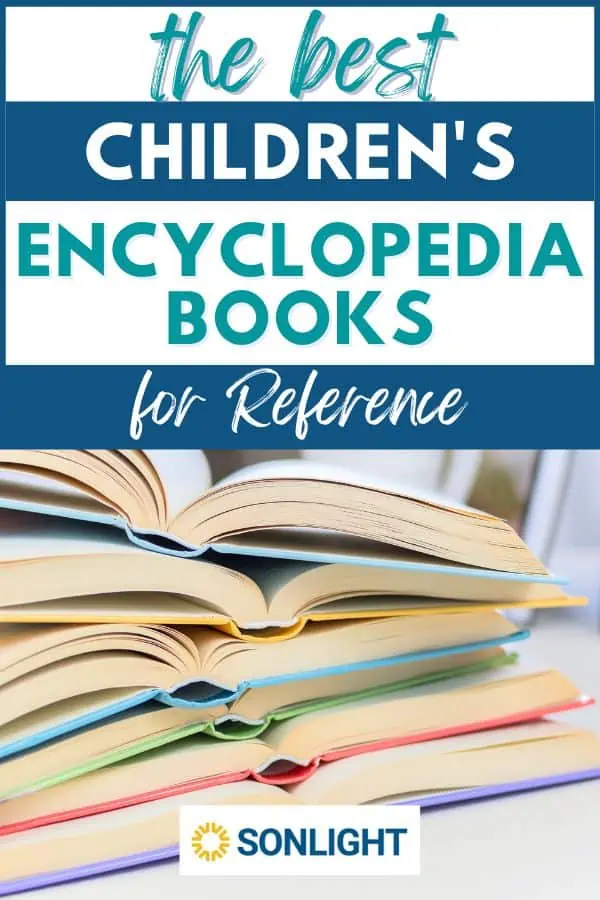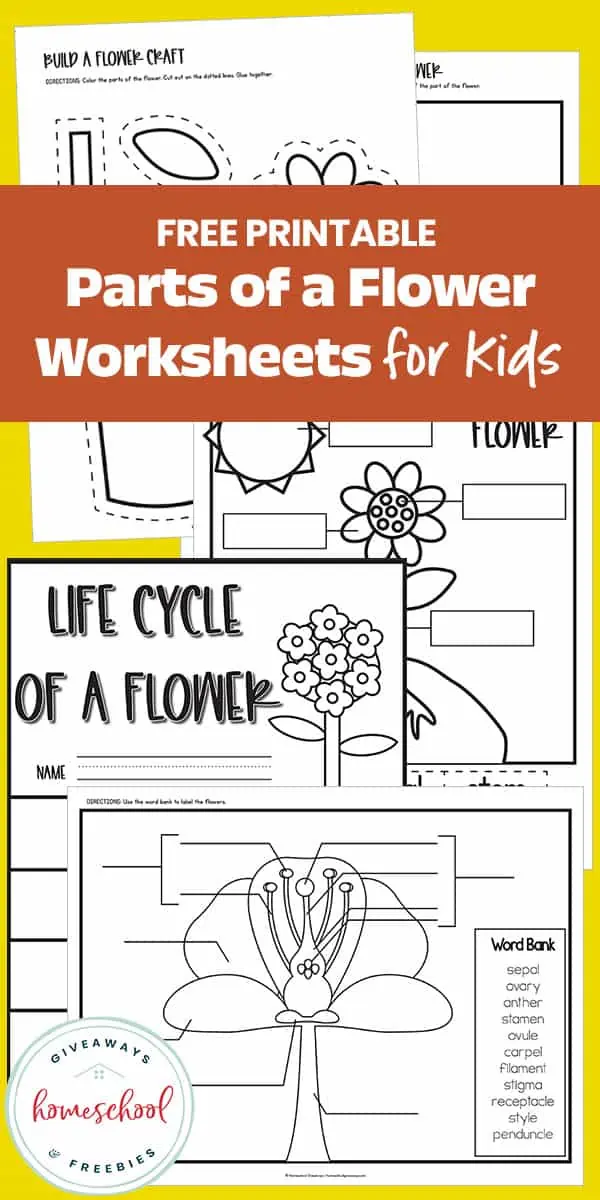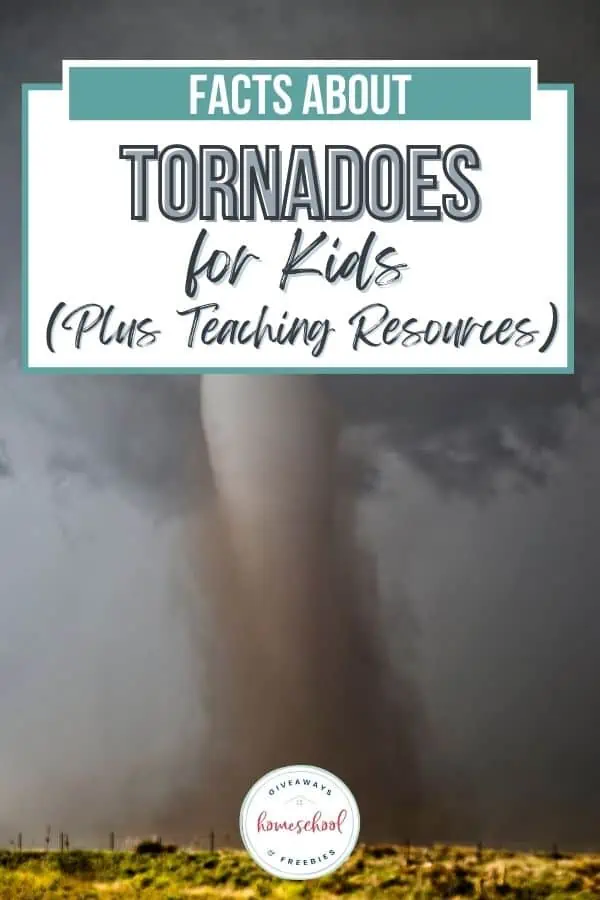How to use the Julia Rothman Books for Science
Published:
April 29, 2020

Contributor:
Carrie
Disclosure: This post may contain affiliate links, meaning if you decide to make a purchase via my links, I may earn a commission at no additional cost to you. See my disclosure for more info.
You may have seen our popular notebooking companions to the Julia Rothman books and wondered how they work together. Or, perhaps you were trying to decide if you could use them for homeschool science. We have a notebook available for each of the four titles in her series, the Nature Notebook, Farm Notebook, Ocean Notebook, and Food Notebook.
Some of our readers asked if the Julia Rothman books can be used as a science curriculum, so I wanted to take a look at that below.
Julia Rothman Books
Julia Rothman is an immensely talented artist. If you have set your eyes upon any of Rothman’s books, you know what I mean. Not only are Julia Rothman’s books beautiful, but they have so much rich information that homeschoolers love.
Let me break the Julia Rothman books down for you.
Nature Anatomy
Nature Anatomy by Julia Rothman was my first book from her collection. It’s full of nature study facts and your kids will enjoy learning about all sorts of things. The sketches are lovely and the book is one of my favorite nature study books.
Some of the topics covered in Nature Anatomy are: layers of the earth, rocks and minerals, weather and atmosphere, anatomy of a flower, butterflies and moths, insects and spiders, the water cycle, birds, eggs, and nests, and more.
Farm Anatomy
Farm Anatomy by Julia Rothman will delight your homesteading urges. You can use this Julia Rothman book to teach your children all about life on a farm and the various components that make up a farm. Discover how to use gardening tools, farming machinery, how to spin yarn and more!
If your children love animals, the section on farm animals is sure to get them pretty pumped. They’ll learn about chickens and roosters, sheep and goats, cows, pigs, horses, and many other farm animals.
Food Anatomy
Food Anatomy by Julia Rothman is a super fun book. If you have an aspiring chef, they incorporating Food Anatomy into your homeschool is a great idea. This book isn’t quite as educational as Nature Anatomy, Farm Anatomy, or Ocean Anatomy, but you will discover a bunch of food facts.
Learn about the history of food, some foodie vocabulary, fruits and veggies, grains, meats, and then dive into a culinary journey as you learn about food from around the world.
Ocean Anatomy
The last book in the Julia Rothman Collection is Ocean Anatomy. This gorgeous book focuses on ocean life. There are so many fascinating creatures in the deep that we haven’t yet even learned about. If you plan to learn about the ocean and the creatures that live there, Ocean Anatomy by Julia Rothman is a must-have book!
Julia Rothman Companion Notebook Series
Our notebook companions for the Julia Rothman Books use a combination of written narration, diagramming, drawing, and labeling alongside the books. These are publisher-approved notebook companions, and we are delighted to make them available to you.
There is no prep-work involved – you simply grab your copy of the book and your notebooking journal and work at your own pace.
These notebooks are very flexible and can be adapted for younger and older children, but they are designed for grades 3-8.
Nature Notebook – A Companion for Nature Anatomy
Have your kids ever wondered what causes the seasons or how you can determine the age of a tree? Do they wonder why a horn is different than an antler or notice all the different birds that inhabit your neighborhood? They can discover the answers to these and many more questions with the Nature Notebook.
Farm Notebook – A Companion for Farm Anatomy
Do your kids know about the importance of healthy soil or the importance of composting? Are they fascinated by farm equipment or wonder what makes one breed of cow or chickens different from another? They can explore these and many other topics with the Farm Notebook.
Food Notebook – A Companion for Food Anatomy
If you’re looking for a way to introduce cultures around the world and work up an appetite at the same time, this is the answer! With the Food Notebook, kids can explore fruits, vegetables, grains, meat, dairy, snacks, seasonings, desserts, and more from around the world!
Ocean Notebook – A Companion for Ocean Anatomy
Does the world beneath the ocean’s surface intrigue your children? Do they wonder what kinds of fabulous and bizarre creatures live in the ocean and coral reefs? The Ocean Notebook takes them on an underwater adventure of discovery where they can learn all this and more.
Julia Rothman Companion Notebooks FAQ
We’ve received a lot of questions about using the Julia Rothman Books alongside our companion notebooks, so I wanted to list them out in case you have a similar question.
Q. What grade levels will the Julia Rothman notebooks work for?
A. Like many homeschooling resources, there is no set grade level. Kids of all ages will enjoy Nature Anatomy, Farm Anatomy, Ocean Anatomy, and Food Anatomy because they are beautifully illustrated books full of interesting facts and hand-drawn illustrations. The notebook companions will work best with students in 3rd grade and up, but they are meant to be very flexible.
Q. Are Rothman’s books considered science curriculum?
A. No, the Julia Rothman books are not science curriculum. Many homeschooling families who enjoy unit studies and piecing their own curriculum together use our notebook companions as a springboard, diving deep into specific topics.
Some have used it as a spine to create a full curriculum for elementary students by adding in additional resources. Here’s an example of how one might do so:
When you get to the section on whales in Ocean Anatomy you would use it alongside the Ocean Notebook and add in some extra books about whales, do a research paper on a specific whale type, and watch some videos for a complete study on whales.
Here are a couple additional examples of how you might use the Julia Rothman Series as a science curriculum spine with an elementary student:
Using Nature Anatomy and the Nature Notebook – In chapter one of Nature Anatomy students will learn about the earth’s rotation, layers of the earth, rocks and minerals, fossils, landforms, mountains and more.
You will use the notebook companion to journal your studies and you can expand on this chapter using printables, such as the resources listed below. All links are found in the Nature Notebook listed out by chapter.
- Rocks, Gemstones, and Minerals Cheat Sheets and Fact Cards
- Astronomy Printables
- Earth Science Printables and Resources – Archaeology, Caves & Geology
- Learning About the Layers of the Earth
- Layers and Spheres of the Earth Notebooking Journal
- Rock Terminology Copywork Notebook
- Printables and Resources on Rocks and Fossils
- Paleontology Printables and Resources
- Learn All About Volcanoes with Printables, Unit Studies and More
- Historic Volcanoes Notebooking Research Journal
In chapter one of Farm Anatomy, you will learn about the layers of the soil, the makeup of topsoil, soil texture, crop rotation, soil conservation, weather, composting, and more.
Just this one chapter brings about so many ideas on how you can expand this to really dig in (pun intended) to learn more about soil and crops.
We have listed out free resources by chapter in the Farm Notebook just like we did for the Nature Notebook. Here’s some of the resources we link to in the Farm Notebook for chapter one:
- Resources to Help Kids Learn About Soil and Composting
- Composting With Kids Printables Pack
- Herb Gardening for Kids: 5 Tips to Get Them Growing
- All About Clouds Printables And Activities
- Learning About Clouds: Free Worksheets, Printables and More
- Types of Clouds Guided Drawing
- Resources to Teach Kids About Recycling
As you go through the Food Notebook, take the opportunity to look up recipes for dishes that sound tasty or grab living books to help you learn about the countries the food is from.
If you did this throughout the book for individual topics, you could easily stretch it a full school year and your kids would learn a ton! I dare say you may even be able to use one book for the entire year if you really get creative and incorporate research and living science books.
Q. How long will the Julia Rothman books and notebooks take to get through?
A. Only you can answer this question! These are self-paced notebook companions without lesson numbers. They are intended to accompany the books by Julia Rothman as you learn. You can stretch it out as I mentioned above or go through once chapter a week – it’s up to you!
Q. Do I need to buy another book to use the notebook companions?
A. Yes, our notebooks are companions to Nature Anatomy, Farm Anatomy, Ocean Anatomy, and Food Anatomy by Julia Rothman and are sold separately.

